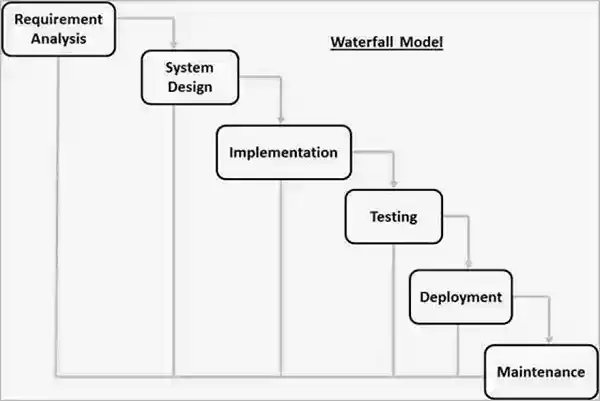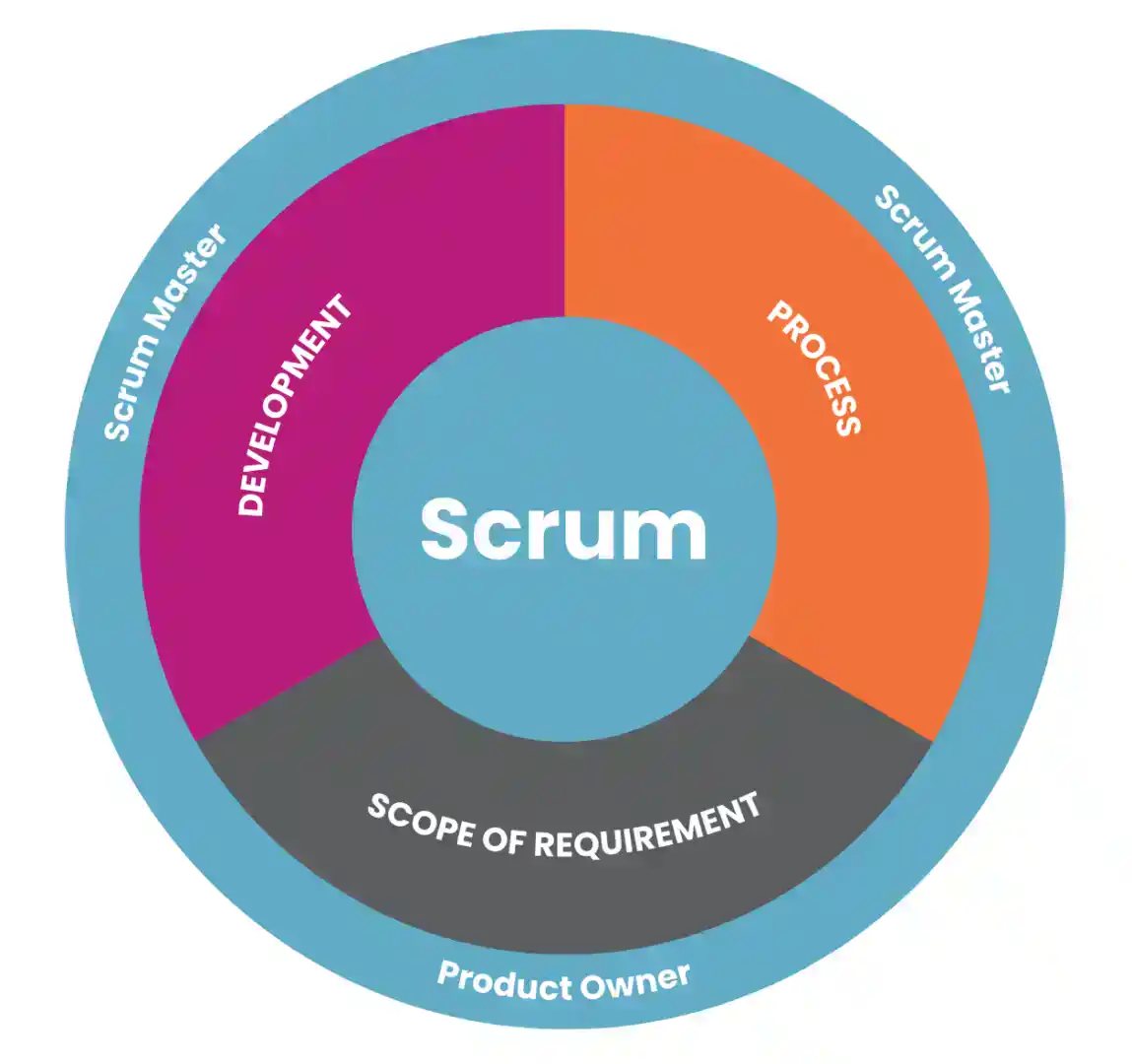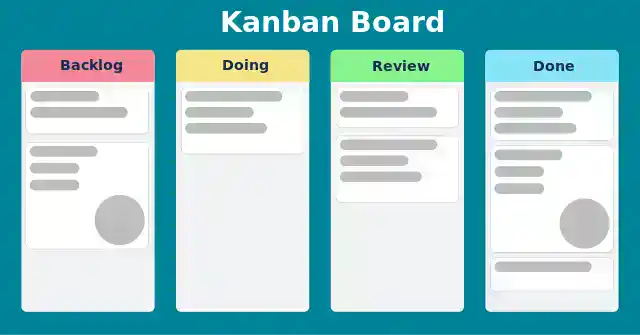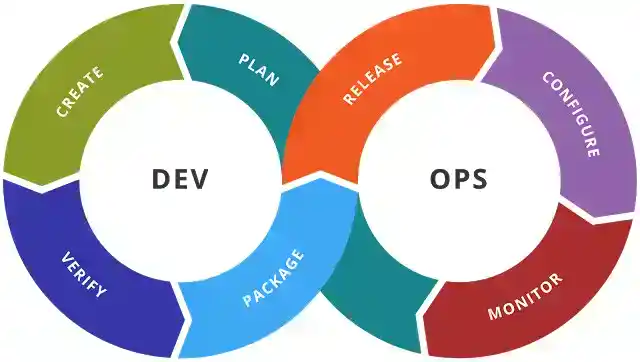If you are a small or medium business owner, a website owner, or someone who wants to start a website, you might have heard of the term “software methodology”. But what does it mean, and why should you care?
Software methodology is a set of principles and practices that guide the process of developing software. It helps software developers plan, design, code, test, and deliver software products or projects in an efficient and effective way.
Software methodology is important because it can affect the quality, cost, and time of your software project. By choosing the right software methodology for your needs, you can ensure that your software meets your expectations and goals and that you avoid common pitfalls and risks.
But how do you choose the right software methodology for your project? And what are the benefits and drawbacks of different software methodologies?
In this blog post, we will answer these questions and more. We will explain the basics of software methodology, compare the most popular software methodologies, and provide tips on how to pick the best one for your project.
Let’s get started!
Table of Contents
What are the basics of software methodology?
Software methodology is not a one-size-fits-all solution. There are many different software methodologies that have different advantages and disadvantages depending on the type, size, complexity, and scope of your project.
However, most software methodologies share some common elements, such as:
- A life cycle: This is the sequence of phases or stages that a software project goes through from inception to completion. The life cycle defines what activities and tasks need to be done in each phase, and what deliverables or outputs need to be produced.
- A framework: This is the set of rules or guidelines that govern how the software project is managed and executed. The framework defines how the team communicates, collaborates, documents, reviews, tests, and deploys the software.
- A philosophy: This is the underlying mindset or approach that drives the software project. The philosophy reflects the values and principles of the team and the stakeholders and influences how they make decisions and solve problems.
By combining these elements, a software methodology provides a clear and consistent way of developing software that aligns with the project’s objectives and requirements.
What are the most popular software methodologies?
Many different software methodologies have been developed over the years. Some of them are more traditional and rigid, while others are more modern and flexible. Some of them are more suitable for large-scale and complex projects, while others are more appropriate for small-scale and simple projects.
Here are some of the most popular software methodologies that you should know:
1. Waterfall

This is one of the oldest and most widely used software methodologies. It follows a linear and sequential life cycle that consists of several phases: requirements analysis, design, implementation, testing, deployment, and maintenance. Each phase depends on the completion of the previous one, and there is no going back once a phase is done.
Waterfall is best suited for projects that have clear and stable requirements, well-defined scope, and predictable outcomes.
Pros:
- Easy to understand and follow
- Provides clear documentation and deliverables
- Allows for detailed planning and control
Cons:
- Inflexible and resistant to changes
- Does not accommodate feedback or testing until the late stages
- Can be slow and costly
2. Agile

This is one of the most popular and influential software methodologies in recent years. It follows an iterative and incremental life cycle that consists of short cycles called sprints or iterations. Each sprint delivers a working version of the software that can be tested and reviewed by the customer or user.
Agile is best suited for projects that have dynamic and changing requirements, uncertain scope, and fast-paced delivery.
Pros:
- Flexible and adaptable to changes
- Encourages customer feedback and involvement
- Promotes teamwork and collaboration
Cons:
- Difficult to predict time and cost
- Requires a high level of commitment and discipline
- Can be chaotic and unstructured
3. Scrum

This is one of the most widely used frameworks within Agile methodology. It follows a fixed-length sprint cycle that typically lasts from one to four weeks.
Each sprint consists of three roles: product owner (who defines the requirements), scrum master (who facilitates the process), and development team (who builds the software).
Each sprint also consists of four events: sprint planning (where the team decides what to do), daily scrum (where the team updates their progress), sprint review (where the team presents their work), and sprint retrospective (where the team reflects on their performance).
Pros:
- Enhances productivity and quality
- Improves communication and transparency
- Fosters continuous improvement
Cons:
- Requires skilled and experienced team members
- Depends on customer availability and participation
- Can be stressful and demanding
4. Kanban

This is another popular framework within Agile methodology. It follows a continuous flow cycle that visualizes the work in progress using a board with columns representing different stages of the process. Each work item is represented by a card that moves from one column to another as it progresses.
Kanban is best suited for projects that have variable and unpredictable workloads, frequent changes, and continuous delivery.
Pros:
- Optimizes efficiency and throughput
- Reduces waste and bottlenecks
- Increases visibility and accountability
Cons:
- Lacks formal structure and roles
- Does not provide clear deadlines and deliverables
- Can be difficult to measure and improve
5. DevOps

This is a relatively new software methodology that combines development and operations into a single process. It follows a continuous cycle that integrates coding, testing, deploying, and monitoring the software.
DevOps is best suited for projects that require frequent updates, high performance, and reliability.
Pros:
- Accelerates delivery and feedback
- Enhances collaboration and innovation
- Improves quality and security
Cons:
- Requires cultural and organizational change
- Demands technical and operational skills
- Involves complex tools, systems, and processes
The difference between Kanban and Scrum
The primary distinction between Kanban and Scrum is that Kanban is more adaptable and flexible, whereas Scrum is more structured and prescriptive. Scrum imposes a fixed rhythm and cadence, whereas Kanban allows teams to work at their own pace. Scrum defines specific roles and events, whereas Kanban does not prescribe any roles or ceremonies. Kanban focuses on improving workflow, whereas Scrum focuses on providing value to the customer.
The difference between Agile and DevOps
The main distinction between Agile and DevOps is that Agile is more concerned with providing software developers with a shared set of principles to drive decision-making and allow for greater responsiveness to change, whereas DevOps is more concerned with creating a culture of collaboration between software developers and IT operations to enable rapid product deployment.
The difference between Agile and Waterfall
The primary distinction between Agile and Waterfall is that Agile is more adaptable and flexible, whereas Waterfall is more structured and predictable. Agile allows for changes and improvements along the way, whereas Waterfall does not allow for changes to the requirements once the project is underway. Agile testing occurs concurrently with software development, whereas Waterfall testing occurs after the software is built. Waterfall focuses on product quality and reliability, whereas Agile focuses on customer value and satisfaction.
How to choose the best software methodology for your project?

Now that you have learned about the most popular software methodologies, you might be wondering how to choose the best one for your project.
There is no definitive answer to this question, as different software methodologies have different strengths and weaknesses, and different projects have different needs and constraints.
However, here are some general tips that can help you make an informed decision:
- Understand your project’s goals, requirements, scope, and complexity. What are you trying to achieve with your software? What are the features and functions that you need? How big and complicated is your project? How well-defined and stable are your requirements?
- Understand your team’s skills, experience, and preferences. Who are the people who will work on your software? What are their roles and responsibilities? How skilled and experienced are they in software development? What are their preferred ways of working and communicating?
- Understand your customer’s or user’s expectations, feedback, and involvement. Who are the people who will use your software? What are their needs and preferences? How often and how much do they want to provide feedback and input? How satisfied and loyal are they with your software?
- Compare the pros and cons of different software methodologies. How well do they match your project’s goals, requirements, scope, and complexity? How well do they suit your team’s skills, experience, and preferences? How well do they meet your customer’s or user’s expectations, feedback, and involvement?
- Choose the software methodology that best balances the trade-offs between quality, cost, and time. How important is the quality of your software in terms of functionality, reliability, usability, and security? How much budget and resources do you have for your software project? How fast do you need to deliver your software to the market or the customer?
By following these tips, you can narrow down your options and select the software methodology that best fits your project.
Conclusion
Software methodology is a crucial factor that can determine the success or failure of your software project. By choosing the right software methodology for your needs, you can ensure that your software meets your expectations and goals and that you avoid common pitfalls and risks.
In this blog post, we have explained the basics of software methodology, compared the most popular software methodologies, and provided tips on how to pick the best one for your project.
We hope that this blog post has helped you gain a better understanding of software methodology and that you can apply this knowledge to your own projects.
If you have any questions or comments about this topic, please feel free to share them with us in the comment section below. We would love to hear from you!